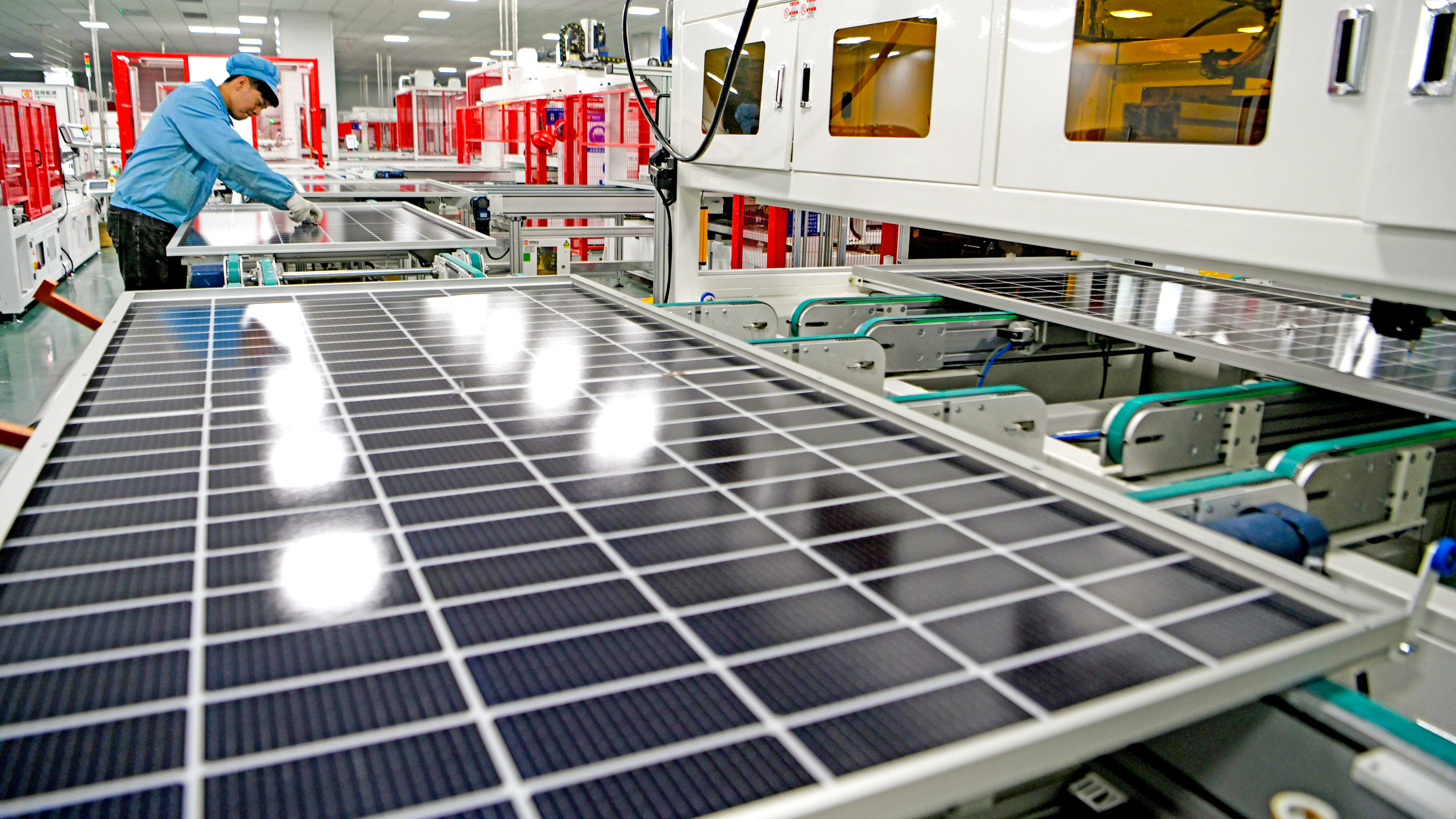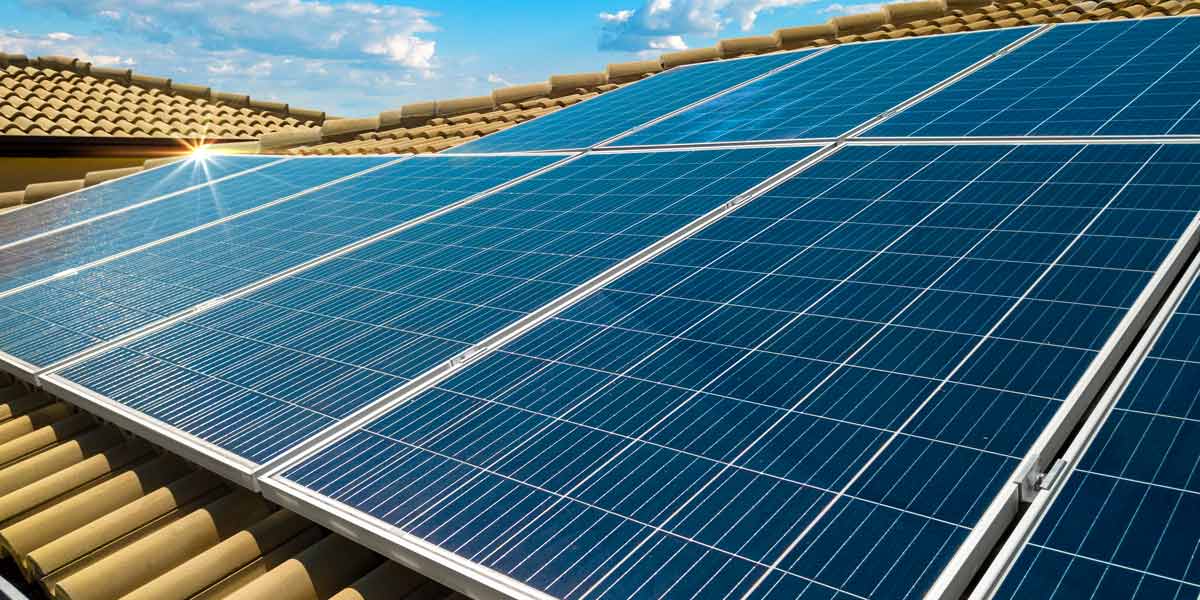Solar Energy Audit PA: Our Company Focuses On The Setup And Management Of Photovoltaic Energy Systems
History and Advancement of Solar Panel Business
The inception of photovoltaic panel business can be traced back to the 1800s when Alexandre Edmond Becquerel discovered the photovoltaic impact. Would he have imagined how his discovery would reinvent the way we harness energy?
Early Beginnings

In 1954, Bell Labs developed the first practical photovoltaic cell. This marked a significant turning point in the history of solar power. They were initially utilized to power space satellites, but who understood this was just the beginning?
Advancement and Growth
- In the 1970s, an energy crisis caused increased interest in sustainable energy sources, including solar energy.
- By the 1990s, advancements in technology and increasing environmental awareness led to the growth of solar panel business globally.
A New Age
As we got in the 21st century, the solar industry saw an exponential development. The need for tidy and renewable resource produced a brand-new period in the photovoltaic panel industry.
Remarkable Truths
- The world's very first solar energy station was developed in 1982 in Hisperia, California.
- By 2019, solar energy had actually ended up being the world's fastest-growing source of power.
The journey of solar panel business has been impressive, hasn't it? The future holds immense potential, with constant advancements leading the way for a sustainable future. Can we envision a world powered totally by solar energy?
Progressing
Today, photovoltaic panel business continue to innovate, making every effort for more effective and cost-efficient services. The development of solar power has come a long way, and yet, the journey has actually simply begun.
The Core of Solar Panel Production
Ever wonder what goes into developing those shiny, sun-loving solar panels? The procedure is as remarkable as completion item (Solar Panels Pennsylvania). High-purity silicon, the primary component in photovoltaic panels, goes through different changes to guarantee its effectiveness and durability
From Sand to Silicon
Crystalline silicon, the foundation of a lot of photovoltaic panels, stems from basic sand. It's an interesting journey, isn't it? The sand goes through a high-temperature reaction with carbon to form silicon. However, this isn't just any silicon. The silicon used in photovoltaic panels is "solar-grade," with a pureness of 99.9999%. It's this purity that makes it possible for the panels to efficiently transform sunlight into power.
Ingot Formation
When the silicon is pure enough, it's time to form ingots. Picture a large, cylindrical block of solid silicon. How is this attained? Through a process called Czochralski procedure, where the silicon is melted and then gradually recrystallized. It's a sluggish dance of science, resulting in a solid product that is nearly as pure as the raw silicon itself.
Slicing into Wafers
The ingots are then sliced into wafer-thin pieces, like slicing a loaf of bread. Each piece is a possible solar battery, waiting to harness the power of the sun. Did you know that the silicon wafers are only about 200 micrometers thick? That's about half the density of a human hair! The procedure needs accuracy and persistence, but the result is a set of wafers ready to be developed into solar batteries.
Producing Solar Battery
With the wafer prepared, it's time for the magic to occur. The silicon wafer is 'doped' with other aspects like phosphorous and boron to produce an internal electric field. It's this field that allows the conversion of sunshine into electrical power. Complex, isn't it?
Assembly and Quality Control
Solar cells are like puzzle pieces that come together to form a solar panel. The cells are soldered together in a grid-like pattern, then covered with a protective layer of glass. The last action involves extensive quality control checks. It's essential that every solar panel carries out at its peak, would not you agree?
Expert Pointer
Always keep in mind that even the most efficiently made photovoltaic panel can lose effectiveness due to dirt and debris accumulation. Routine cleansing can significantly enhance your panels' performance.
Comprehending the Environmental Impact of Solar Panel Companies
Ever contemplated the environmental footprint of a photovoltaic panel company? Green technology, such as solar, has read more transformed our energy landscape, however what about the behind-the-scenes effect?
The Production Process: A Double-Edged Sword
The manufacturing procedure for photovoltaic panels demands a significant amount of energy. This procedure, referred to as 'em bodied energy', can be considered as a form of 'energy debt'. It's a little like borrowing today's sunlight to power tomorrow's energy requirements. But worry not, the energy repayment time is frequently much shorter than you 'd believe!
- The energy repayment duration for solar panels is usually 1-4 years.
- After this period, the energy produced is basically carbon-free.

Life After Decommission
And what occurs when a solar panel reaches the end of its lifespan? Can it simply be tossed into the trash? No, that wouldn't be very green, now, would it?
A viable service is recycling. While solar panel recycling is still in its infancy, it holds a world of potential. Recycling not just keeps materials out of land fills but likewise decreases the need for brand-new basic materials.
Responsible Sourcing: More Than A Buzzword
Where does the silicon come from, you ask? The market's need for silicon and rare minerals can lead to harmful mining practices. Responsible sourcing is therefore imperative to reduce damaging environmental impacts.
Minimized Carbon Emissions: The Bigger Picture
Let's not forget the larger image: solar energy substantially decreases carbon emissions. When set up, photovoltaic panels produce clean, renewable resource, offsetting their initial manufacturing footprint.
Simply put, the environmental impact of photovoltaic panel companies is a complex concern. With accountable practices, the pledge of a cleaner, greener future is well within our grasp.
Financial Efficiency and Market Share of Solar Panel Companies
Ever questioned why some photovoltaic panel companies - Residential Solar Panels PA outshine others in the market? What sets them apart? The crucial depend on their monetary performance and market share
Financial Performance: A Crucial Indication
Financial efficiency plays a pivotal function in the success of any organization. For solar panel business, it's no various. Strong monetary performance enables these companies to invest in advanced innovation, research, and advancement, thus producing high-quality, effective photovoltaic panels.
However how do they attain this? With a focus on cost performance and tactical financial investments. Business that manage to reduce production costs without jeopardizing on quality tend to fare much better in the market.
Market Share: A Procedure of Success
Market share, on the other hand, is a direct reflection of a company's appeal amongst consumers. A high market share means more property owners are selecting their solar panels over competitors.
What's the secret dish for getting a larger market share? It boils down to client complete satisfaction and brand name credibility. Companies that prioritize customer needs and preserve a positive brand image are most likely to catch a larger share of the market.
- Client Fulfillment: Solar panel business that provide reputable products and extraordinary client service tend to have higher consumer complete satisfaction rates.
- Brand Track record: A strong brand name credibility is developed gradually through constant shipment of quality items and services.
Financial Efficiency and Market Share: The Symbiotic Relationship
Interestingly, the relationship between monetary efficiency and market share is not one-sided. They feed off each other. A strong monetary efficiency can increase a company's market share, while a high market share can improve financial performance.
As a solar panel company, balancing these 2 elements is important for long-lasting success. A business that disregards either of them might find it tough to preserve its position in the competitive solar market.
The Takeaway
So, what does all this mean for you? Whether you're a property owner aiming to install photovoltaic panels or a financier eyeing the solar market, comprehending the monetary performance and market share of solar panel companies is essential. They are key signs of a business's health and capacity for future development.